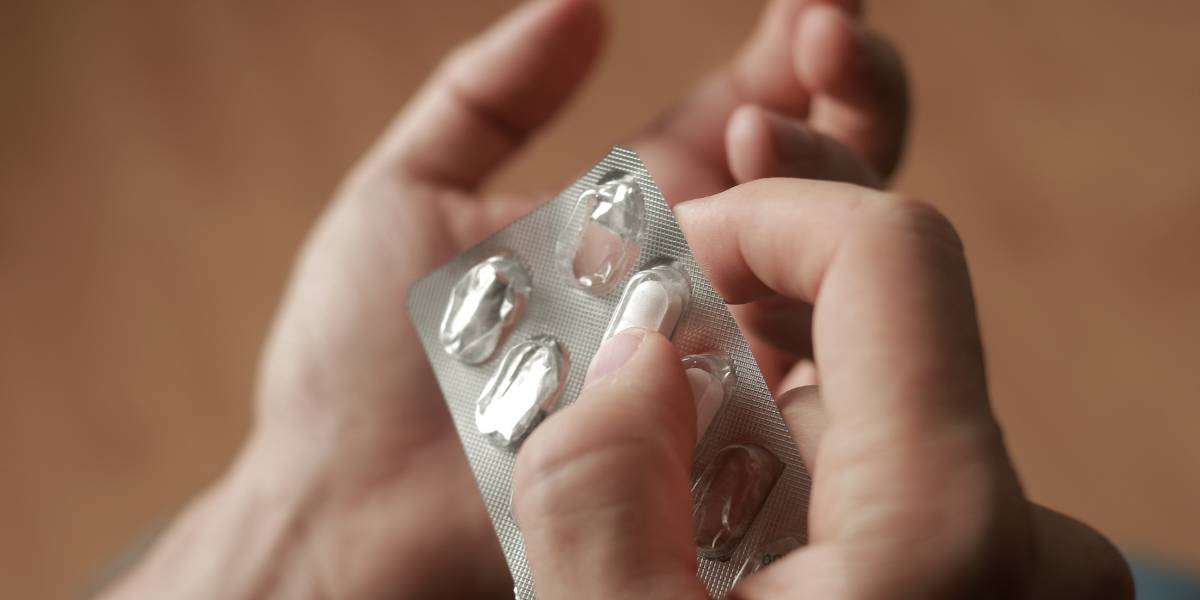- A weekly diabetes medication may replace painful daily hormone injections for patients with congenital generalised lipodystrophy (CGL).
- Early findings suggest that tirzepatide – used for diabetes and obesity – significantly improves blood glucose levels in CGL patients.
- If confirmed in larger studies, this treatment could provide a more effective, less painful, and more affordable alternative to current therapies.
Researchers at Rutgers Health have discovered that a weekly injection of the diabetes drug tirzepatide may offer a less painful and more accessible alternative to current treatments for congenital generalised lipodystrophy (CGL).
Their study which was published in The New England Journal of Medicine suggests that this medication could replace the need for daily hormone injections that are both costly and extremely painful for patients.
CGL is an extremely rare genetic disorder affecting only a few thousand people worldwide. The condition results in a near-total absence of fat tissue, which prevents the body from storing fat correctly.
Instead, fat accumulates in vital organs such as the liver, leading to severe metabolic complications, extreme insulin resistance, and early-onset diabetes.
Without effective treatment, individuals with CGL face a significantly reduced life expectancy.
“These patients are severely ill and experience profound insulin resistance, which dramatically shortens their lifespan,” explained Dr. Christoph Buettner, chief of endocrinology, metabolism, and nutrition at Rutgers Robert Wood Johnson Medical School and senior author of the study.
- Type 2 diabetes risk among obese people reduced by tirzepatide
- Tirzepatide linked to lower risk of death in people with type 2 diabetes
- Tirzepatide may need to be long-term to maintain initial weight loss
Currently, the standard treatment for CGL involves daily injections of metreleptin – a synthetic version of the hormone leptin, which is naturally produced by fat tissue.
Metreleptin helps regulate metabolism but comes with several major drawbacks. The treatment is prohibitively expensive, costing hundreds of thousands of pounds per year, and because CGL patients lack subcutaneous fat, the injections are particularly painful.
“When injecting insulin, most people inject it into fat tissue, but these patients don’t have that,” explained Dr. Svetlana Ten, associate professor of paediatrics and first author of the study. “Each injection is painful.”
Given these challenges, researchers explored whether tirzepatide, a diabetes and obesity drug that improves insulin resistance, could offer a better alternative. Tirzepatide is administered just once a week, which could significantly reduce the treatment burden for CGL patients.
It is also considerably more affordable than metreleptin.
What did the results show?
The study involved only two patients, both of whom saw remarkable improvements after switching to tirzepatide.
Patient B was a 64-year-old woman, had been using metreleptin but still required insulin to manage her blood glucose levels. After switching to tirzepatide, she achieved normal blood glucose levels without needing insulin or leptin.
“The surprise here was that when we stopped leptin and introduced tirzepatide, the patient’s blood glucose remained well controlled – possibly even better than when taking leptin,” said Dr. Buettner.
- Semaglutide: a complete guide
- What are Incretin Mimetics / GLP-1 Agonists?
- Tirzepatide helps people lose almost a fifth of their weight
While both tirzepatide and leptin influence the brain’s regulation of metabolism, they do so via different pathways.
Leptin is naturally produced by fat tissue and has long been considered essential for metabolic control in CGL patients.
Tirzepatide, however, mimics a different hormone, GLP-1, which is not produced in fat tissue but plays a key role in insulin sensitivity.
This unexpected success suggests that leptin and GLP-1 pathways may overlap more than previously thought.
If further studies confirm these findings, it could reshape the understanding of how metabolism is regulated in leptin-deficient conditions.
The researchers now plan to conduct a larger clinical trial to confirm these promising results. However, given the rarity of CGL, recruiting enough participants will be challenging.
If further studies validate these findings, tirzepatide could become a game-changing treatment for CGL patients – offering a more effective, less painful, and more cost-effective alternative to metreleptin.
“This research opens new possibilities, but we still need more data on long-term effectiveness and safety,” Dr. Buettner cautioned. “We also want to explore whether tirzepatide could benefit patients with other leptin-deficient conditions.”
For now, the early evidence suggests that this weekly injection could drastically improve the lives of people living with this rare and debilitating condition.









